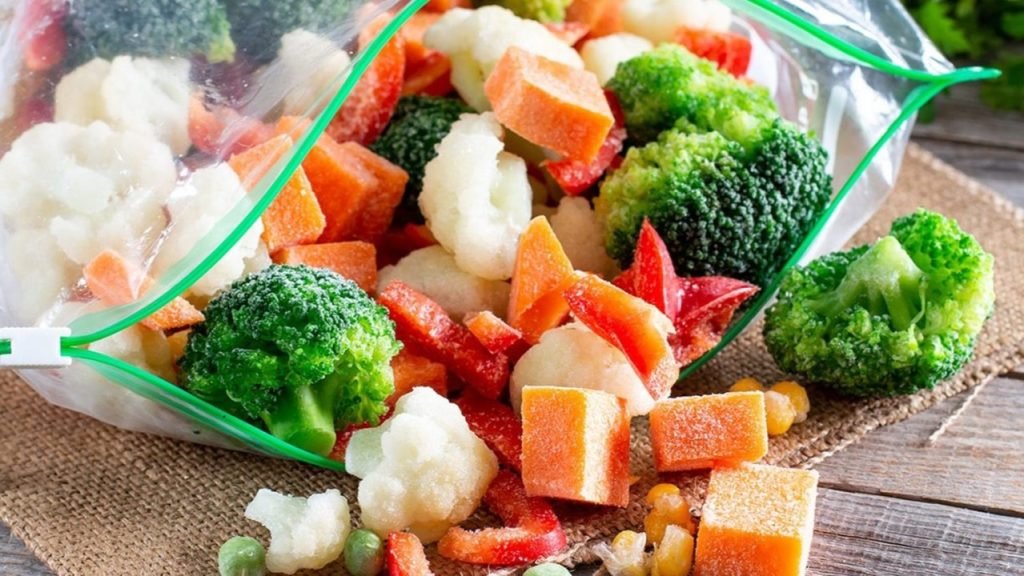The cold chain is the backbone of global food logistics, ensuring perishable items like meat, seafood, dairy, and produce retain their safety and quality from farm to table. Traditionally, frozen food storage is maintained at -18°C, a benchmark for preventing microbial growth and preserving food quality. However, with sustainability goals gaining traction, the industry is exploring the feasibility of raising this temperature to -15°C.
While this adjustment offers significant potential for reducing energy consumption and operational costs, it demands a cautious and well-researched approach to ensure food safety is not compromised.

Why Consider Raising Cold-Chain Temperatures?
A shift from -18°C to -15°C may seem minor, but its impact on energy efficiency is substantial. Maintaining ultra-low temperatures consumes considerable energy, and even a 3°C increase can result in noticeable cost savings and a reduced carbon footprint. As sustainability becomes a priority for businesses worldwide, this approach aligns with greener operations for food manufacturers, retailers, and logistics providers.
The Crucial Role of Food Safety
While cost and environmental benefits are appealing, food safety must remain a non-negotiable priority in the cold chain.
- Microbial Growth:
Frozen temperatures inhibit bacterial activity. At -18°C, the risk of microbial growth is minimal. However, at -15°C, psychrotrophic bacteria, which thrive in low temperatures, may grow slightly faster, especially in long-term storage. - Food Quality:
Storage temperature directly influences texture, flavor, and nutritional value. Warmer temperatures can accelerate freezer burn, oxidation, and enzymatic changes, reducing product appeal and increasing food waste. - Regulatory Standards:
Most countries mandate frozen food storage at -18°C. Deviating from this standard may require updated protocols, rigorous testing, and regulatory approval, increasing the complexity of implementation.
Mitigating Risks in a Warmer Cold Chain
To explore the feasibility of raising cold-chain temperatures while ensuring food safety, businesses must adopt the following strategies:
- Advanced Monitoring Systems:
Continuous temperature tracking with real-time analytics can promptly detect deviations and maintain product integrity. - Innovative Packaging Solutions:
Improved insulation materials can offset the impact of slightly higher temperatures, preserving quality over time. - Targeted Risk Assessments:
Analyzing product-specific factors like moisture and fat content helps identify which items can withstand higher temperatures without compromising safety. - Staff Training and Regular Audits:
Ensuring personnel understand the implications of temperature adjustments is critical. Frequent audits reinforce compliance and food safety protocols.
Conclusion
Raising cold-chain temperatures from -18°C to -15°C offers a promising avenue for cost savings and sustainability in the food industry. However, success hinges on striking the right balance between innovation and safety. By leveraging scientific research, advanced technology, and regulatory compliance, the industry can make informed decisions that protect both consumers and the environment.
In the end, the true success of any cold-chain adjustment lies in maintaining unwavering trust in the safety and quality of food delivered worldwide.
